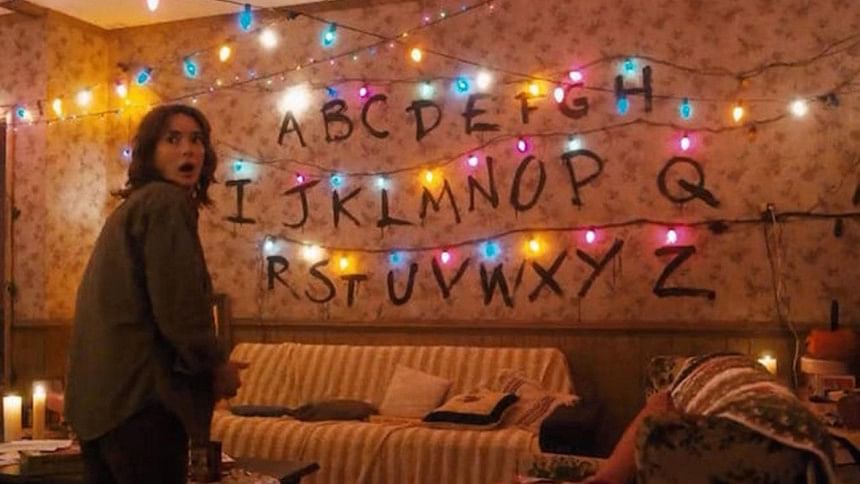Is your room underlit?

Growing up, everything seemed more interesting than what book was open on the study table—be it the ant walking on your copies, the patterns from the paint on the wall or even the shadows of your own hands. The shadows, seemingly innocent and merely a physical nuisance at the time were actually a sign that the lighting section in your room needs some major changes.
If you have ever bought a light bulb by yourself, the first time probably went by with a person ambushing you into opting for a random bulb that probably pays them a commission for every piece they sell. To get over with it as soon as possible, we hurriedly asked them to pack it and ran as fast as we can to get away from the loud bickering (that may have brought back unpleasant memories of childhood, or not).
However, it is important to know what types of lights there are and the hierarchy that exists. The one in the bottom of the pyramid is the incandescent or halogen light bulb with the typical yellow-orange light that we all probably know too well. As common as they may have been in the past, they were quickly replaced because of their overall inefficiency and high heat dissipation, if not for the unpleasant tone of the light itself.
The ones that are most popular are the fluorescent light bulbs or the tubular shaped lights (more commonly known as “tubelights”). These quickly replaced most other light bulbs because of their overall cheap prices and convenient white light. Though these lights seemed like the best option at the time, these mercury vapour-filled lights soon start to become dimmer than they initially were.
Thus, the top tier is currently occupied by LED lights that have an overall greater performance and lower energy consumption compared to the others. It also has a sufficiently higher value for “luminous efficacy”, which is basically how well a light bulb produces visible light in comparison to the power consumed and the amount of lumens (or light output) generated.
One mistake that we all make at some point is to depend on one sort of light to get all of the work done. Be it for reading, watching TV, dressing up or having a background light on, we usually just switch on that one lamp we have in the room and redirect it in the direction we need it, if not just turning on that one tube light. This, however, may cause a lot of discomfort including frequent headaches and eye strain.
So, it is important to consider the different activities you have planned out for the room and set lights accordingly. Lights fitted near the headrest of your bed if you are a bedtime reader, adjustable lamps on the study table and vanity lights fitted to your dresser are a few examples of how you could begin to turn things around.
Here’s a pro-tip: install fairy lights in your room to have an alternative to background lamps the lights are a lot more diffused and create a much cozier environment without a disturbing glare on any screen you might be using.
Speaking of glares, most of us tend to avoid lamp shades in general as we usually consider them to be pieces of decoration to match the curtains. While they do a splendid job at complimenting the colours of the room, they have a much more important duty of helping the light to be diffused throughout the space. They not only help avoid the glare on TV screens, but also make the light feel a lot more pleasant to the eyes.
The last thing to consider is the tone of the lights you are planning to use. If your room is using LED lights in general, note they give out a cool-toned white light. Adding warm-toned lamps or vanity lights to the dresser could greatly balance out the colours. If you aren’t sure about which tone you want to choose, simply buy the adjustable lights with remote controls to set the tones according to your use.
Now that you have all the basic information you could possibly need, head out to the store with your light saber in hand. May the force be with you.
Syeda Afrin Tarannum would choose ‘The Script’ over ‘G-Eazy’ any day. Continue ignoring her taste in music on: [email protected]

 For all latest news, follow The Daily Star's Google News channel.
For all latest news, follow The Daily Star's Google News channel. 



Comments